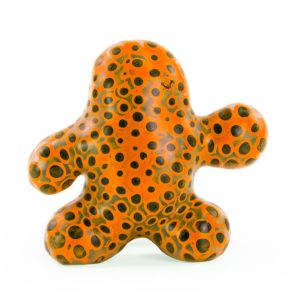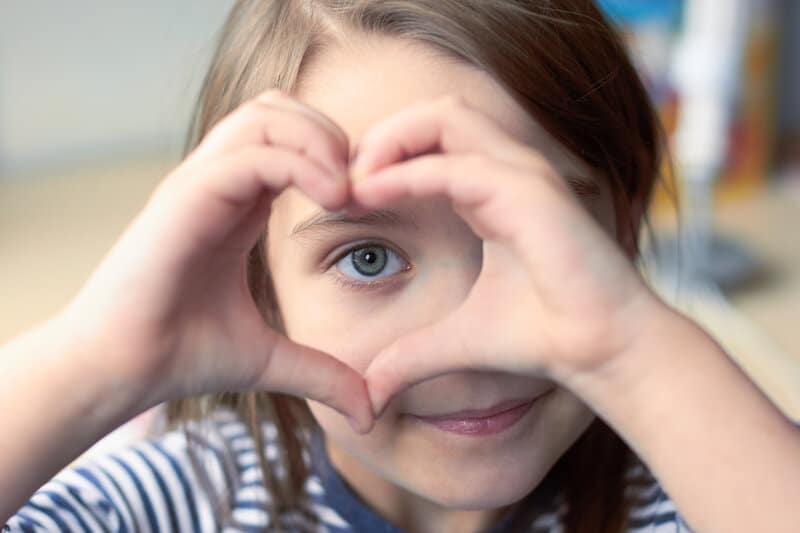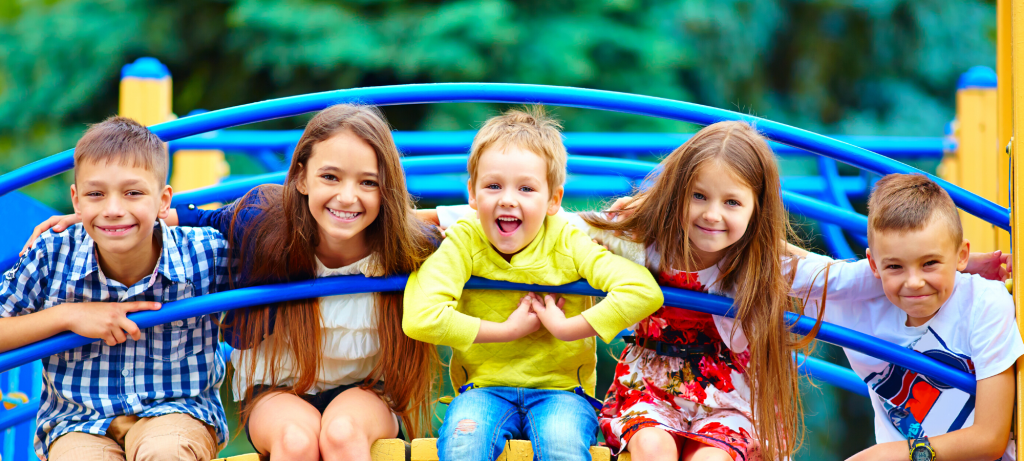Hand-eye coordination is the relationship between what we see and how we use our hands. If your child is neuro-diverse, they may struggle with hand-eye coordination, making completing everyday tasks like getting dressed, using a pen or scissors, or catching a ball, challenging.
Consistency can improve your child’s hand-eye coordination skills. Playing with everyday objects and sensory toys is the simplest way of doing this. If your child has poor tactile registration (not always noticing if something is in their hands), you can add a sensory component using textured sensory toys.
Like any skill, the more time you spend doing activities that involve hand-eye coordination, the easier it becomes. From basics such as seeing then picking up a toy to comprehensive movements involving complex motions, hand-eye coordination builds as your child grows.
As newborns, your baby’s hand movements are mainly reflexive (like the ‘startle’ reflex), but their movements become more purposeful as they grow.
Here are some examples of activities to strengthen your child’s hand-eye coordination from birth to school age. We suggest including a range of sensory toys suitable for each age group to encourage growth and stimulation.
Sensory toys and activities for infants:

- Placing objects close to the baby so they can try to reach out to them
- Shaking a rattle or plastic keys to get their attention, moving the thing from left to right, so they track with their eyes
- Attaching wrist rattles for them to look at and try to touch
- Give them chew toys to hold
- Build a tower for them to knock over
Sensory toys and activities for toddlers (2-4 years old):

- Throwing and catching a ball
- Colouring in activities
- Threading activities (stringing beads)
- Bouncing and playing with sensory balls
- Throwing and catching small bean bags
- Stacking towers
- Painting
Sensory toys and activities for children (5+):

- Creating obstacle courses
- Balancing activities
- Balancing balls on spoons
- Walking on low walls
- Kicking a ball into a goal
- Juggling
- Over and under throwing
- Puzzles
- Lego
- Sewing
- Relay races
All children may continue to fine-tune these skills as they grow, regardless of neurodiversity. If your child is autistic, you can encourage them to strengthen their skills by providing a range of sensory toys specifically designed to meet their needs.
Why choose Sister Sensory?
We are passionate about providing sensory toys for autistic and neurodiverse children. We celebrate every time we see the delight on the face of a child discovering a new toy.
And the best thing? Not only are our toys fun to play with, but they also offer therapeutic benefits. We ensure the designs of our sensory therapy toys drive your child’s imagination and creativity while boosting hand-eye coordination.
These toys provide hours of enjoyment while serving an educational purpose. Shop our range of sensory toys for autism today.








